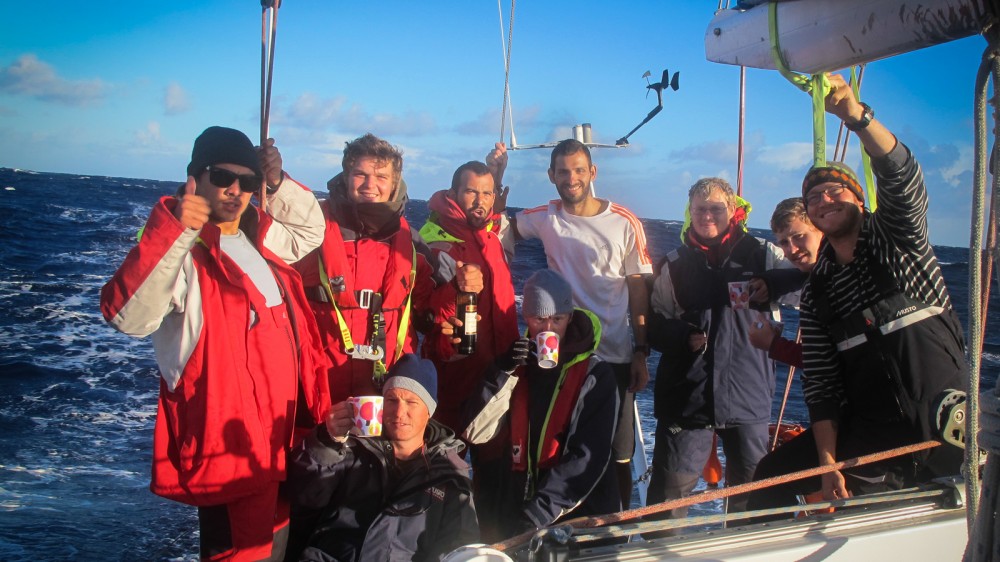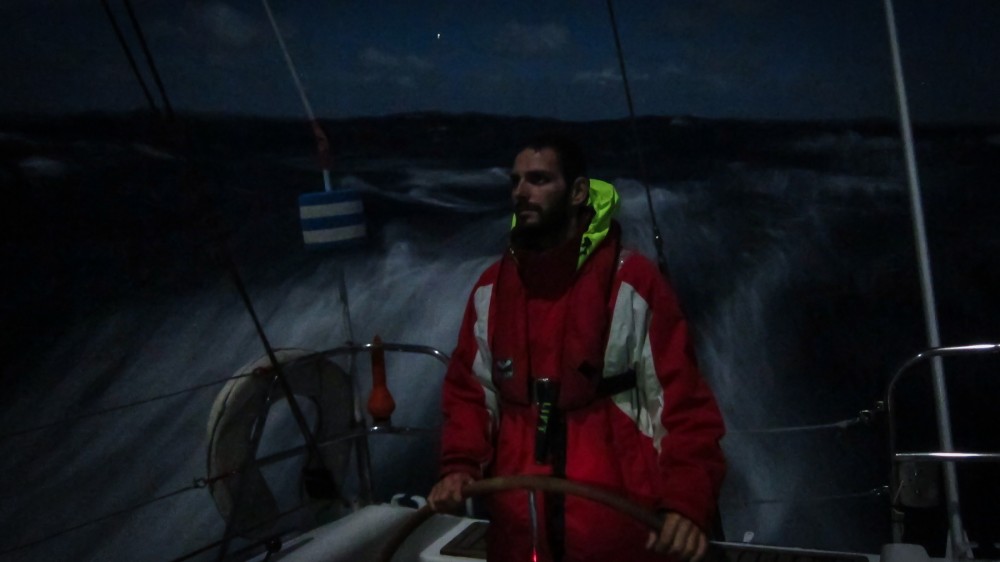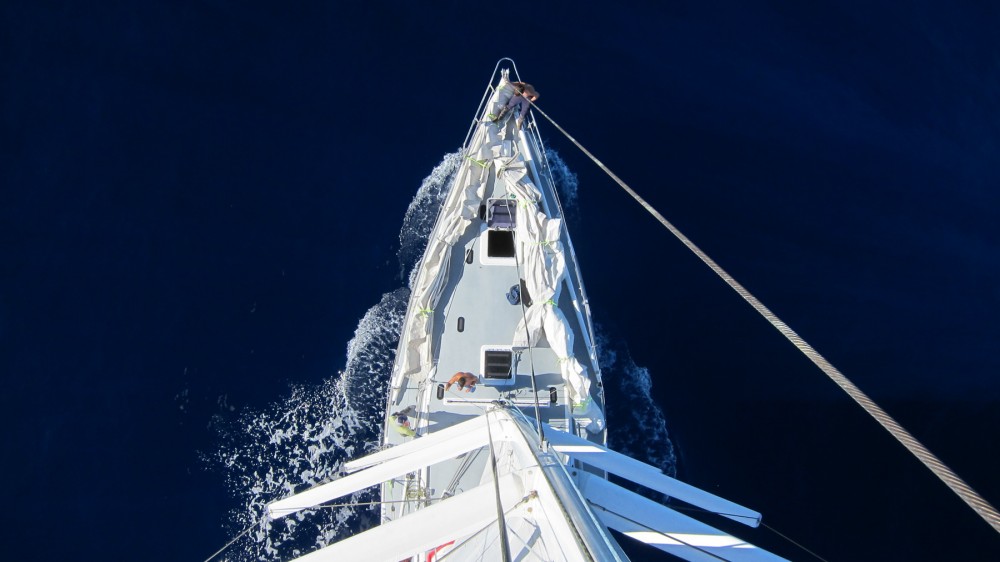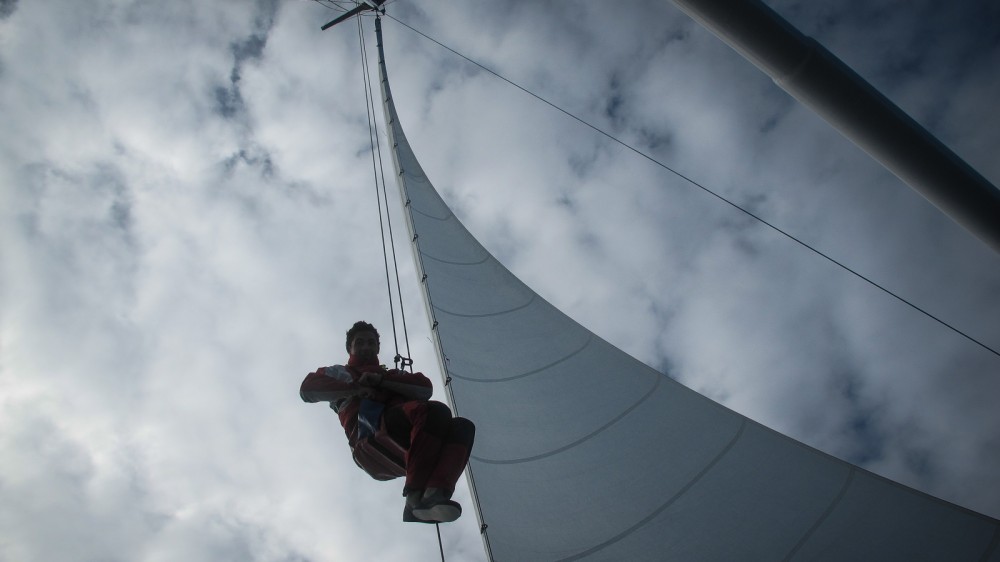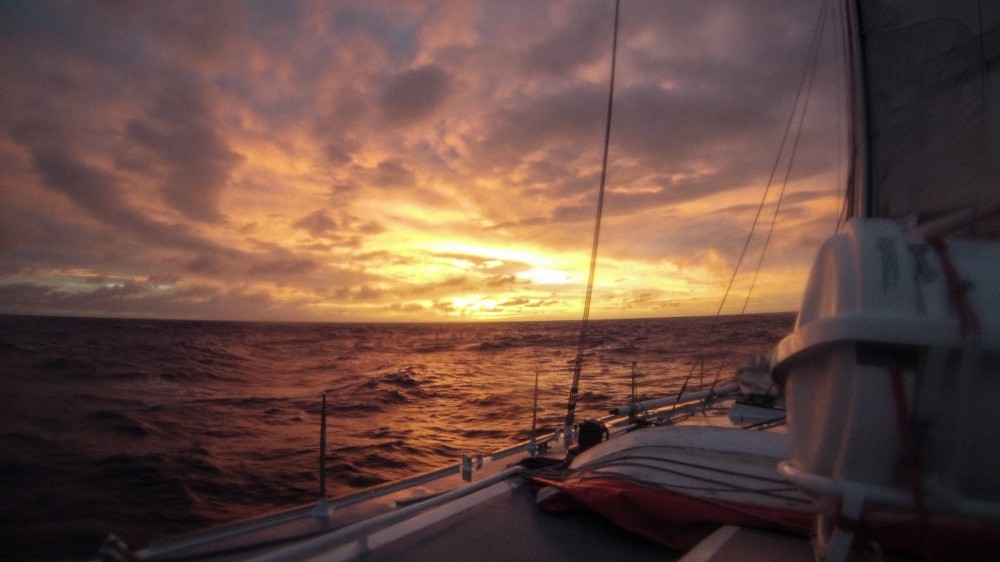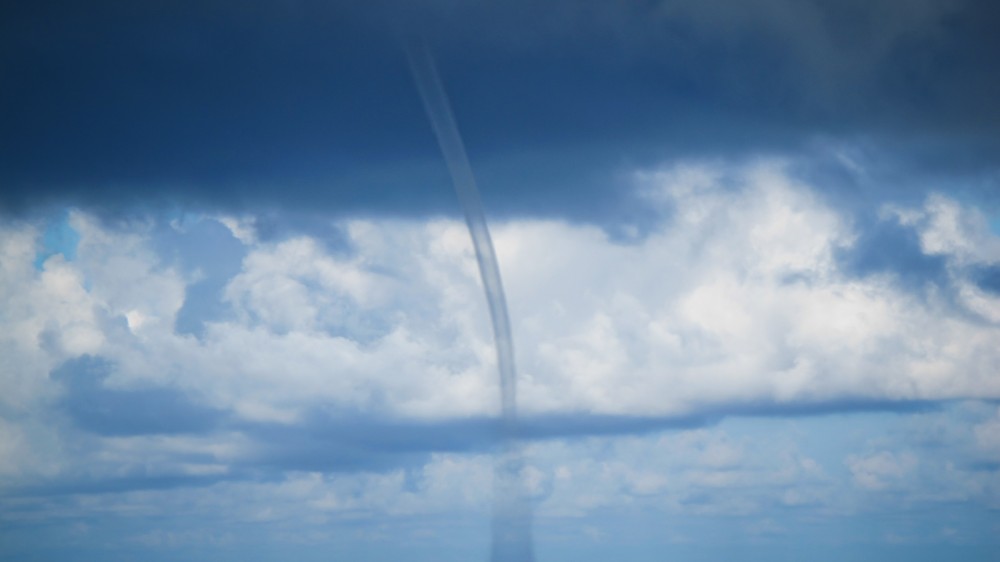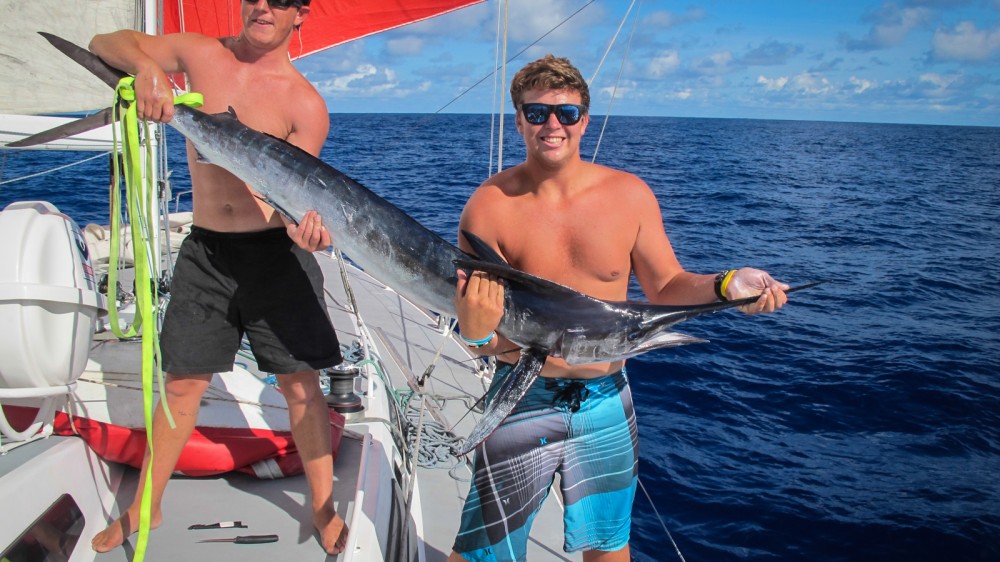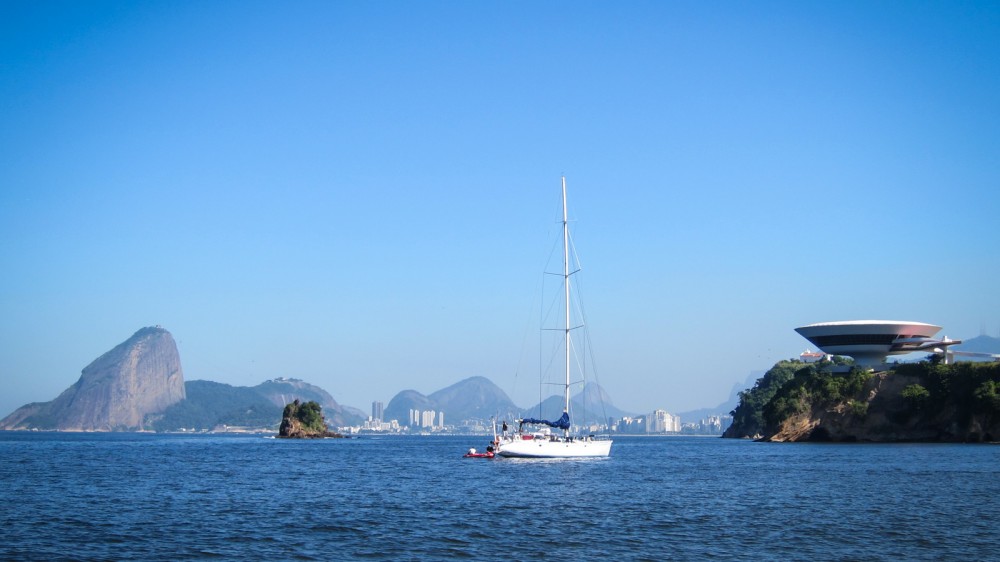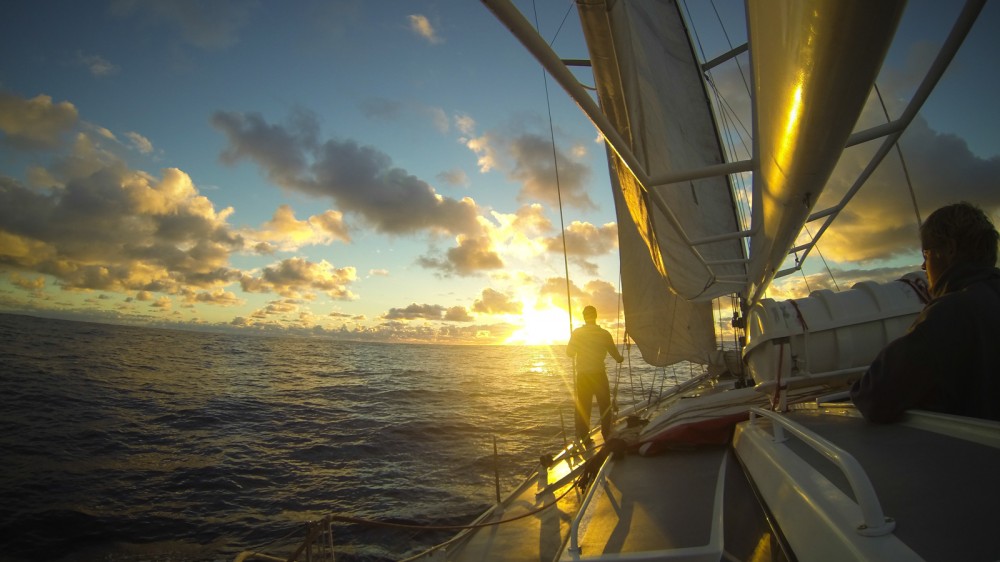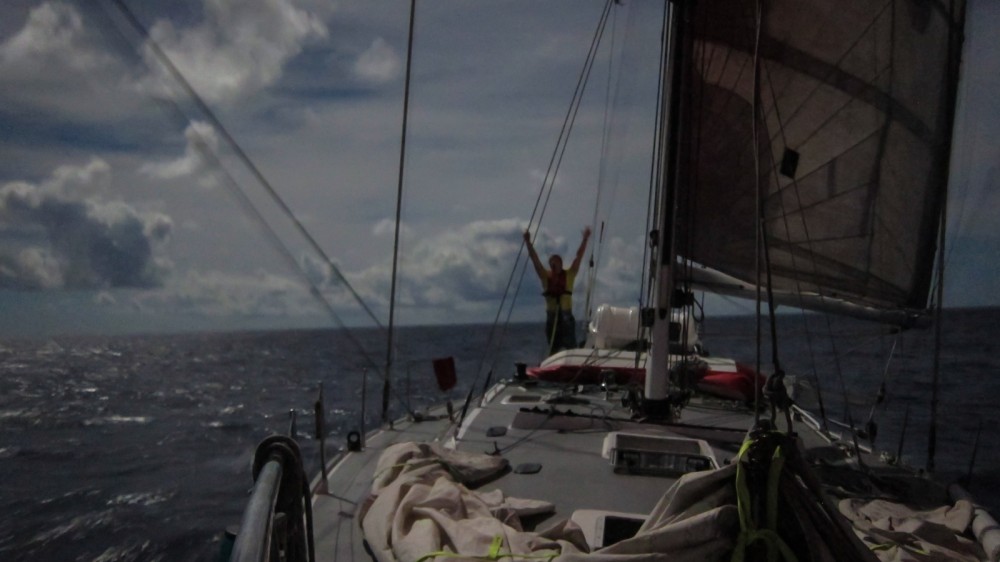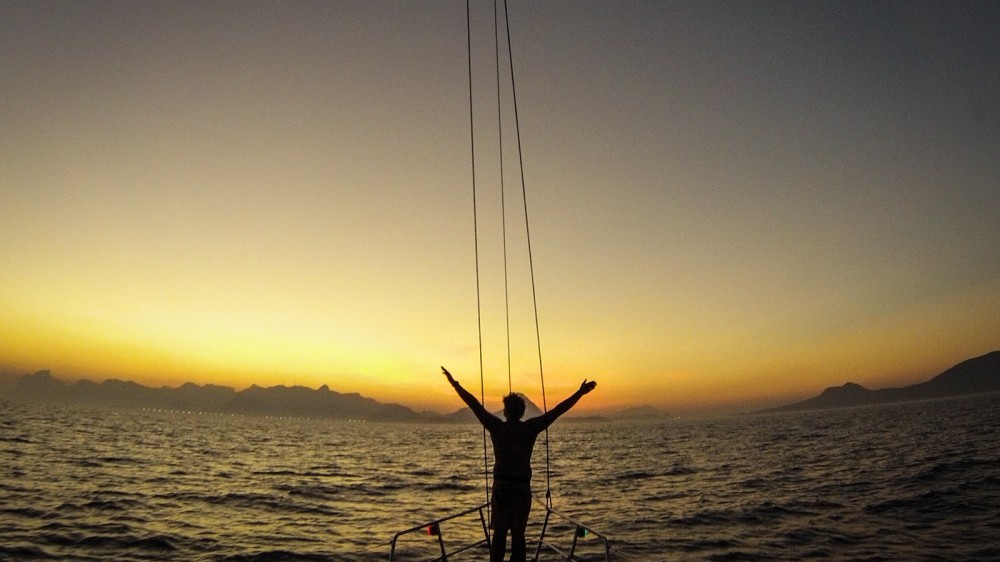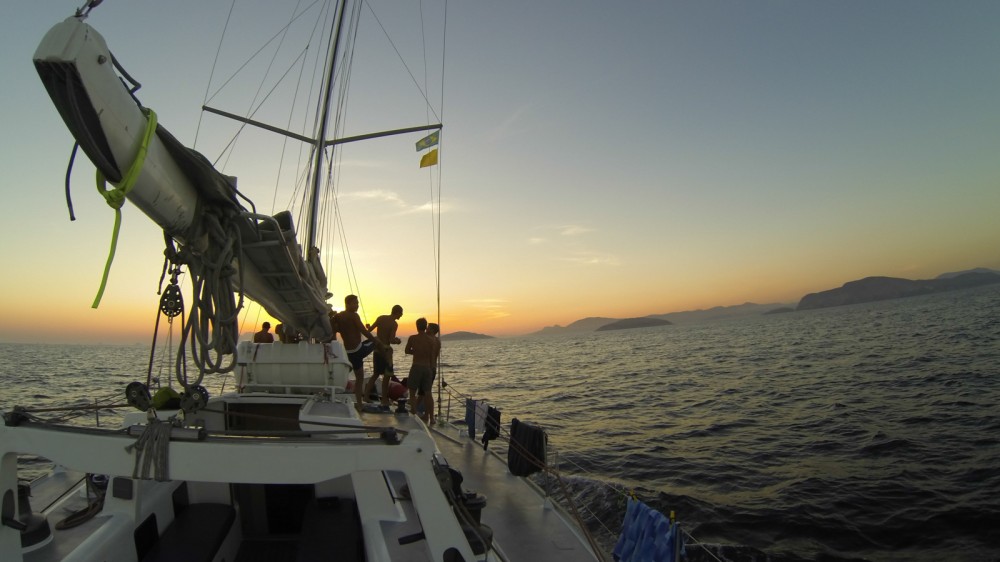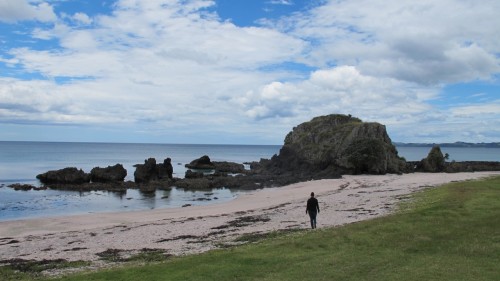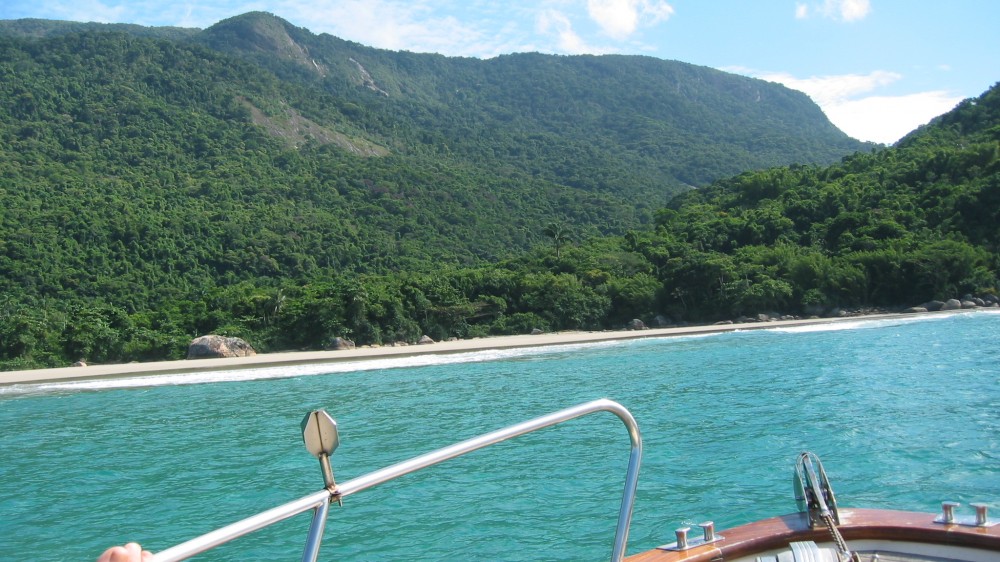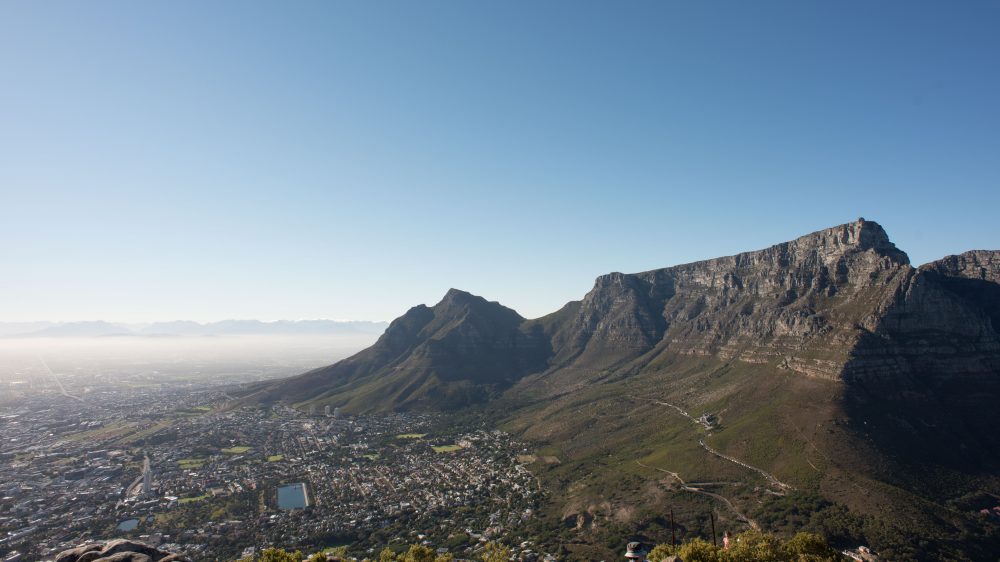Seriously Silly Sailing
Ever taken a yoga class? How about a tennis lesson? What about sailing instruction? Ever learn how to sail a 62-foot yacht from Cape Town to Rio de Janeiro? And back? No, it’s not something many have done. Hardly anyone, in fact. But Trufflepig’s friend, Phil Haemmerle, he has. So when we found out Phil had just completed a 7,000 nautical mile (13,000 km or 8,000 miles, for you landlubbers) transatlantic sailing tutorial we had a few questions for him.
Let’s start at the beginning. What on earth were you thinking?
I suppose I’ve always felt a silent pull towards sail boats. I was in Cape Town in 2011 when a friend took me sailing for the very first time. The trip was quite something as nearly everything went wrong. We almost capsized, the motor broke, we drifted for hours aimlessly through the night, and had trouble navigating. But I had had the best time in years. And I knew the door to a whole new world had been blown open. I was hooked and I wanted to know how it was done. How sailing was done right. It was like falling in love. You don’t think. You just know.
Tell me more about the itinerary?
The Cape Town to Rio trip is part of a Yachtmaster program started by a sailing school in Cape Town. The duration of the whole program is about five months. This was their first trip going to Rio. We were the guinea pigs, so to speak. You spend about six weeks developing your basic skills and theory on smaller yachts around Cape Town. Then it’s on to the bigger boat for the two ocean crossings which take one month each. Cape Town to Rio via St. Helena, and then from Rio back to Cape Town dipping down into the Southern Ocean, which is where all the fun is. Back in Cape Town you spend another month learning more theory and refining your small boat skills. At the end of it all you wrap it up with a big practical exam. And voila, you walk away with a commercial 200-ton skipper license for sailing vessels. But more importantly, I gained the skills and confidence to sail a yacht around the world.
What was the most gruelling part of the journey?
The constant company of nine other people in a confined space. You can’t just walk away and take a break. It is very hard to get any kind of alone time when the furthest you can possibly get away from everyone is about 60 feet. You’re working and living with people very closely, and there are times when you have to let stuff slide, because keeping the peace on board is always more important than whatever might be bugging you. You depend on each other. One would think that being wet, cold and tired for days would be the worst part. Never sleeping for more than three and a half hours at a time. I loved all that. It’s simple and rewarding. Much easier than to endure and put up with complex personalities and politics on the boat.
What was the most unexpected highlight?
Arriving in Rio de Janeiro. I knew before that it’d be a incredible place to visit. But there is something amazing about arriving after four weeks at sea. Arriving after being away from people and the common comforts of civilization for nearly a month, you are really ready for it. I suppose it’s similar to fasting for a long time—purifying and honing all your senses, and then being hungry and ready to indulge in one of the most delicious meals you can imagine. To this there are no shortcuts, and you feel it.
What did you eat and drink?
Whatever the man in the galley (aka, the kitchen) prepared. No questions asked. As part of the rotating watch system, each one of us laboured in the galley for a day every week. We had stocked our boat with food and drinking water for six weeks for each leg. So naturally there was more variety in the beginning, less towards the end. The interesting thing is that the less variety there was, the more creative the cooking became and the bigger the appreciation for what we had. We also frequently caught tuna, barracuda, and swordfish. Between that, and being hungry due to the physical demands, we ate like kings.
What was that water funnel or tornado looking thing about halfway through the video?
A waterspout the size of a tennis courts. We were sailing along with 6 knots when one of the guys spotted the waterspout about 4 miles off our bow and said “Um, suppose we should alter course?” We took all the sails down just in case and altered course 90 degrees to starboard. It was beautiful to watch and lasted for about twenty minutes.
Any advice for someone thinking of doing a similar sailing odyssey?
Stop thinking and do it! I find most people could never imagine spending a couple of months at sea, for good reasons. But if you’re fortunate enough to find the idea appealing, get the ball rolling and cash in the chips. My advice is find someone who knows what they’re doing and who you get along with, and you’ll have the time of your life. No questions asked.
I first met Phil Haemmerle, a mild-mannered young Austrian, eight years ago on a ski lift in Sun Valley. At the time, he was whiling away the winter as a snowboard instructor. In the ensuing years he’s had more adventures than we can count—and has the most amazing photos to prove it (www.philhaemmerle.com). He’s guided dozens of biking trips in Europe and Asia, cycled solo across the United States, taught skiing in Japan, spent six months backpacking around India, and has meditated in absolute silence for seven days (twice, in fact). He’s anything but a man of half measures.
